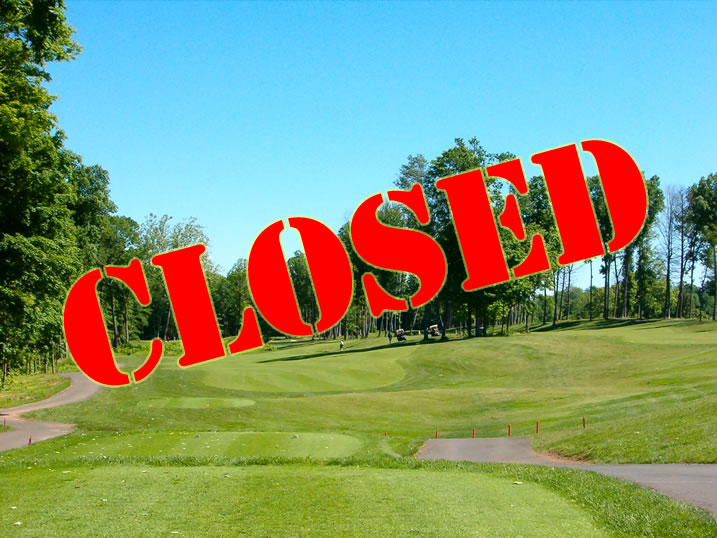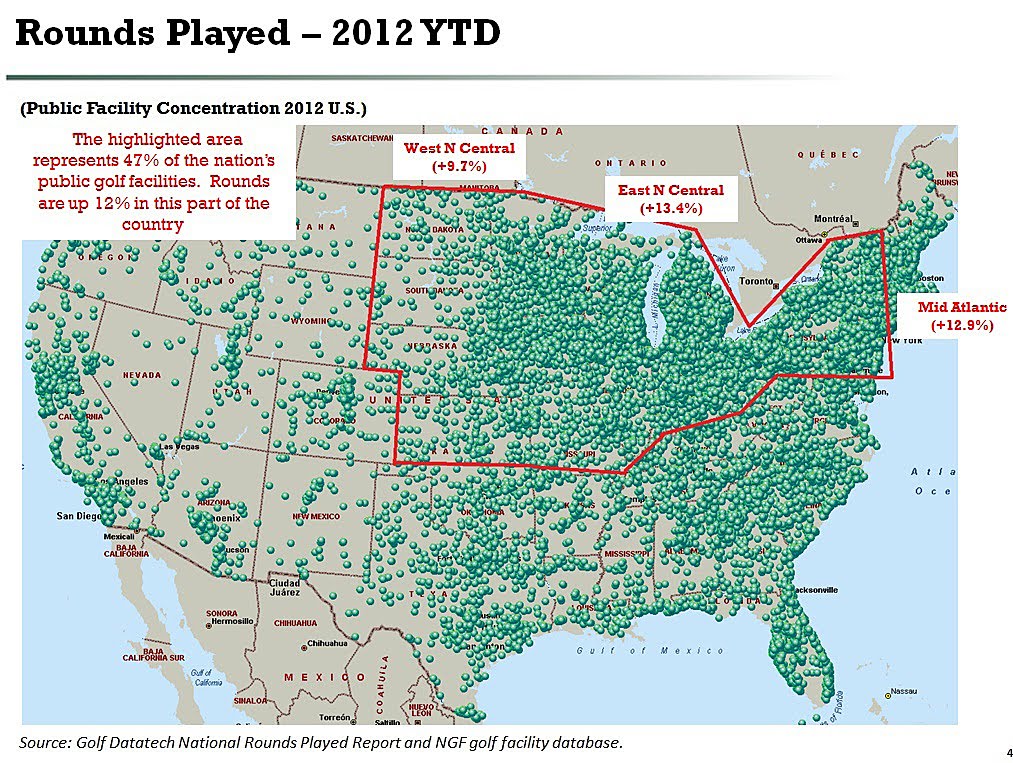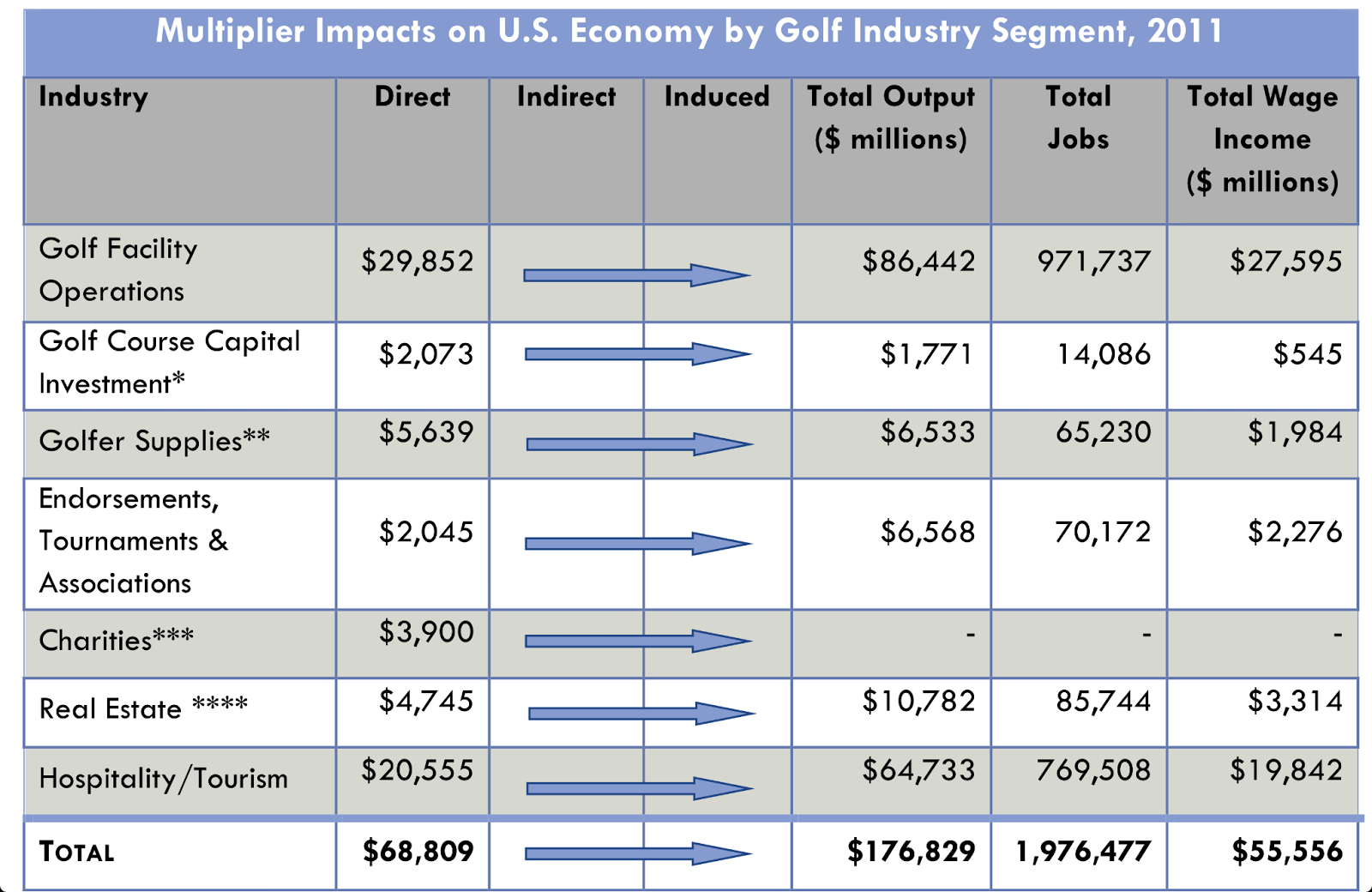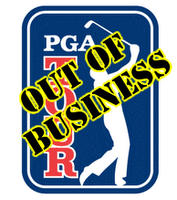Every year around this time, the National Golf Foundation (NGF) releases its Golf Course Openings and Closures Update. And every year for the past eight years, the number of course closures in the U.S. has significantly outpaced the number of openings – 2013 being no exception.
For example, in 2013, 157.5 golf courses closed their doors, while only 14 opened. Many of you might know one of those 157.5 courses that are now defunct. In fact, some of you may have frequented one of them. But you shouldn’t let it get you down for long, because there’s a light at the end of the tunnel.
Obviously the courses that closed were struggling – most likely a direct result of the 20-year golf course boon between 1986 and 2006, where more than 200 courses were built per year on average. When the real estate market crashed in 2007, something had to give – and that has translated into a reverse of what we saw from ’86 to ’06 (and according to the NGF, we’ll probably continue to see for at least the next few more years).
This is what we call “market correction.” For over twenty years, golf courses sprang up like weeds across the U.S. landscape. And while we golfers might have indulged in the gluttonous pleasures for a time, course owners and developers were pushing beyond the logical limits of market demand.
So now the market has taken things into its own proverbial hands. We are witnessing almost the exact opposite of what we saw during the boon on a year-over-year basis – golf courses are closing so the market can readjust to actual demand. And, according to the NGF report, the majority (66%) of the closures were courses that were public and had sub-$40 greens fees. This is reminiscent of a thinning of the herd.
In nature, a thinning of the herd is a good thing – it supports survival of the fittest and those remaining are typically of higher quality. From an economic standpoint, these closures are positive for golf in general – especially in the long-term.
So while your local muni closing may have you worried that the golf industry is at the precipice, fear not. When the dust settles (and it will), the industry will be stronger than ever – with higher quality courses at more competitive prices. And that bodes well for all golfers – especially those who haven’t even swung a club yet.





Leave a Reply